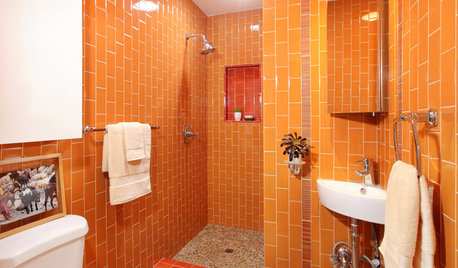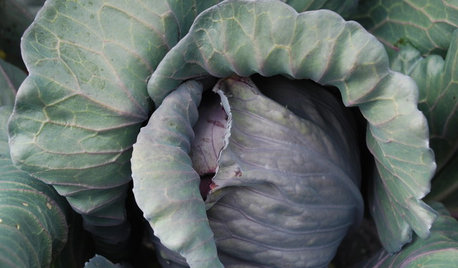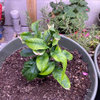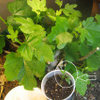citrus greening
divadiren
12 years ago
Related Stories

COLORColor of the Week: 10 Tangy Ways with Citrus Green
Add some zest to your home with a little — or a lot of — lively lime
Full Story
SHOP HOUZZShop Houzz: Citrus Hues in the Bath
Splash on bright yellow, orange and green for the cheeriest bathroom around
Full Story0

GARDENING AND LANDSCAPINGCitrus 101: Start Your Own Backyard Orchard
This Earth Day Weekend, Add Some Green, Style and Deliciousness to Your Landscape
Full Story
APARTMENTSHouzz Tour: Refreshing Citrus Twist in a London Home
Orange, yellow and green accents wake up a neutral palette in a new 1-bedroom unit
Full Story
GARDENING GUIDESHow to Keep Your Citrus Trees Well Fed and Healthy
Ripe for some citrus fertilizer know-how? This mini guide will help your lemon, orange and grapefruit trees flourish
Full Story
YELLOWCitrus Hues Add Zest to Rooms
You almost don't need to clean when you wash your spaces with the refreshing colors of lemons, limes and oranges
Full Story
GARDENING GUIDESSpring Citrus Care Reaps Months of Sweet Rewards
Learn how to tend citrus trees in spring and ways to preserve their delicious fruit
Full Story
DECORATING GUIDESNature’s Color Wisdom: Lessons on Green From the Great Outdoors
Green will grow on you for interiors when you look outside for ideas on how to use it
Full Story
KITCHEN DESIGN2012 Color Trends: Touch of Green for Kitchen and Bath
See how green can serve as both an accent color and new kind of neutral
Full Story
BATHROOM COLORSpring Forward With a Green Bathroom
Use nature’s freshest hues to make your space really sing
Full StoryMore Discussions








jean001a
divadirenOriginal Author
Related Professionals
Allentown Landscape Architects & Landscape Designers · Comstock Park Landscape Architects & Landscape Designers · Middle River Landscape Architects & Landscape Designers · Madera Landscape Contractors · Mercedes Landscape Contractors · New Cassel Landscape Contractors · Parkland Landscape Contractors · Peachtree City Landscape Contractors · Pine Hills Landscape Contractors · Wallingford Landscape Contractors · Watertown Landscape Contractors · West Allis Landscape Contractors · Winchester Landscape Contractors · Norridge Landscape Contractors · Jericho Stone, Pavers & Concretesilica
phucvu
hoosierquilt USDA 10A Sunset 23 Vista CA
phucvu
noss
hoosierquilt USDA 10A Sunset 23 Vista CA
Dietmar1
johnmerr
hoosierquilt USDA 10A Sunset 23 Vista CA
blazeaglory
Dietmar1
hoosierquilt USDA 10A Sunset 23 Vista CA
Dietmar1
johnmerr
Dietmar1
Dietmar1
johnmerr
blazeaglory
Dietmar1
hoosierquilt USDA 10A Sunset 23 Vista CA
hoosierquilt USDA 10A Sunset 23 Vista CA
blazeaglory
Dietmar1
hoosierquilt USDA 10A Sunset 23 Vista CA
judyk_2008 9a DeLeon Sprs. (NW Volusia)
Dietmar1
hoosierquilt USDA 10A Sunset 23 Vista CA
blazeaglory
malcolm_manners
johnmerr
Dietmar1
hoosierquilt USDA 10A Sunset 23 Vista CA
johnmerr
Lyuda Tentler